With the modern push to eat healthily and avoid processed foods, many have taken to creating small (or large) gardens in order to grow fresh fruits and organic vegetables. The benefits of such a system are countless; however, there can be some serious drawbacks for an average gardener. Here we address those challenges and want to offer an old and ingenious solution.
Vegetables start to sprout in early spring and are grown enough by summer to be utilized in delicious, fresh meals. However, once summer wanes and the veggies wilt in the cold, it leaves people fruitless, literally. One way to combat this is to build a greenhouse. Though there are tons of options and many companies willing to build for you, traditional greenhouses are expensive, ranging anywhere from $5,000 to $30,000.
Especially in today’s economy, people cannot or simply refuse to splurge on such a structure, so they resort to pesticide-laden, expensive produce from generic grocery stores, ruining all of their healthy summer efforts. The benefits to environment of organic produce have been well documented, and it should be our right to have access to natural, pure produce of which we know the exact origin.
In order to combat the expense of traditional greenhouses without losing the benefits, the underground trend of underground greenhouses (also known as “walipini” from Aymara Indian for “place of warmth”) has begun to take hold.
What is an underground greenhouse?
In simplest terms, it is a slanted rectangle dug out from the earth that extends below the frost line and is covered by some sort of heat-retaining roof.
This earth-sheltered structure requires way less energy (than above ground greenhouse) to heat up and stay warm because it taps into the thermal mass of the earth, which also helps to stabilize the internal temperature.
Obviously, you should do more reading and learn about certain precautions like waterproofing, drainage, ventilation, and proper alignment to the sun. Alternatively, you can always hire a local designer (or even an architecture student) if necessary. Your money would be well spent if your walipini is optimized. Local designers will know your water table, rainfall, latitude, solar angles, snow loads, wind loads, climate cycles, soil conditions, codes, etc.
Best part about “walipinis” is that they can be built for as little as $300. Some say these “pithouses” are very popular in China where some owners are said to have dozens or even hundreds.
Feeling lazy?
You can purchase an above-ground version, called a “field model,” from companies like Benson Institute for around $250-$300; some assembly required, but you won’t need to dig out the necessary cavity.
Want to build one?
Locate an ideal growing area that gets sunlight. Dig a rectangular hole 6’-8’ deep and cover it with two layers of plastic sheeting. The longest part of the rectangle should be exposed to the winter sun. This type of earth-sheltered structure taps into the thermal mass of the earth so that less energy is needed to heat the structure, creating a year-round grow house. In most places, the temperature in this hollow is around 50-60 degrees to begin with, and then you are capturing and storing daytime heat in both the soil and through the plastic covering.
Recommended Book
Check out this book: The Earth Sheltered Solar Greenhouse It is the first to promote the benefits of both passive solar energy and earth sheltering in greenhouse design and has pretty good reviews.
Construction Manual
The Benson Agricultural Institute has developed a detailed instructional manual on how to build a Walipini. The original link on their site has been taken down but I had uploaded the file and it can be downloaded from our site here.
Conclusion
Cheap but effective, underground greenhouses are a fabulous way for everyday people to grow healthful food year-round. With any luck, the emergence of this trend may turn hobby gardeners into self-sufficient produce producers, saving them money and improving their lives. (Images: Benson Institute)
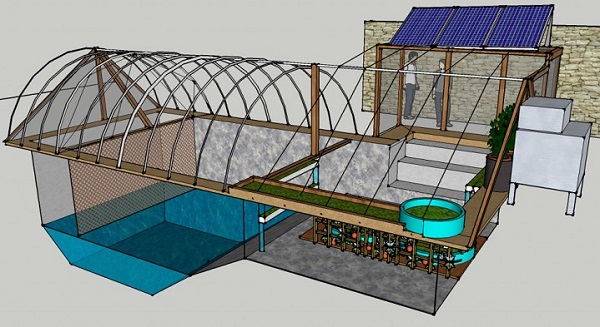
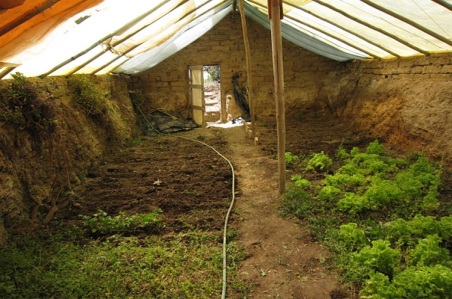
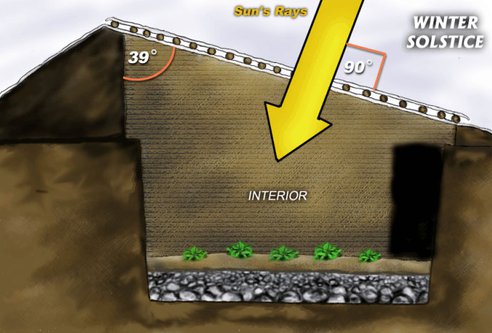
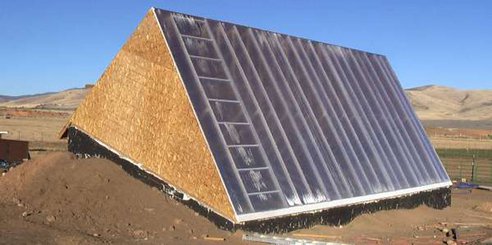
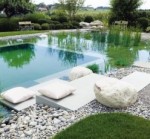 Adios Chlorine, Hello Natural Swimming Pool!
Adios Chlorine, Hello Natural Swimming Pool! Portable Prefab Cubes Shipped Via a Truck or Freight Helicopter Near You
Portable Prefab Cubes Shipped Via a Truck or Freight Helicopter Near You PG&E’s Stance on Environment – Real or Fake?
PG&E’s Stance on Environment – Real or Fake?
I cannot find the manual anywhere on the web for the walipini can you please email me the pdf its an emergency!!!
They changed their domain and dropped the original link. However, I had it and made it available here. You can now download it from the active link.
I would like to know if I may order from Benson Institute, to ship out the field model to my home? If not, then may I have step by step instruction and/or a blue print on how to make one above/underground. Thank you for your time.
Sincerely,
Nieemah Davis
Nieemah, you’d have to ask them direct whether they’ll ship it to you. However, I just uploaded the Walipini manual. Please refer to an active link in the article.